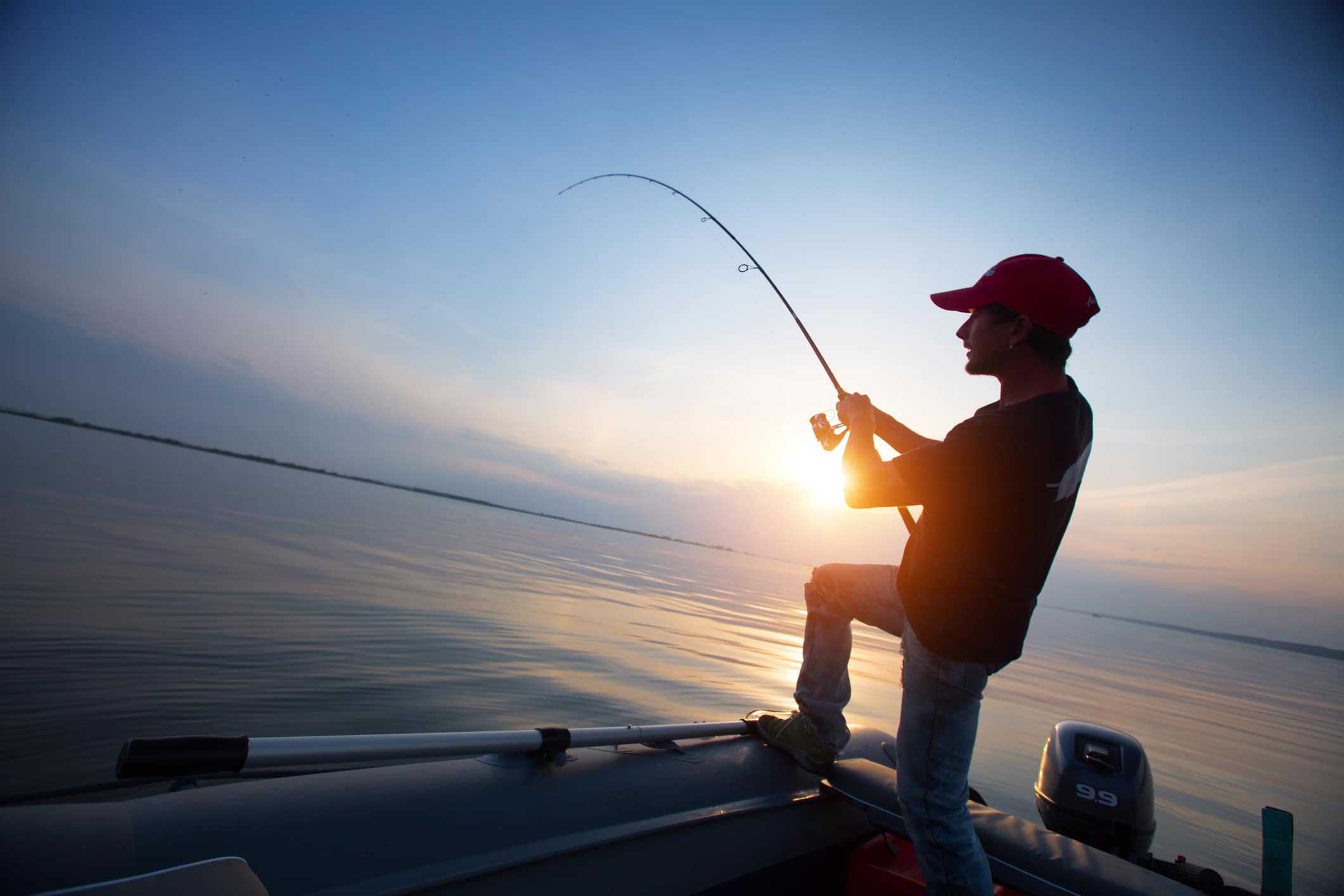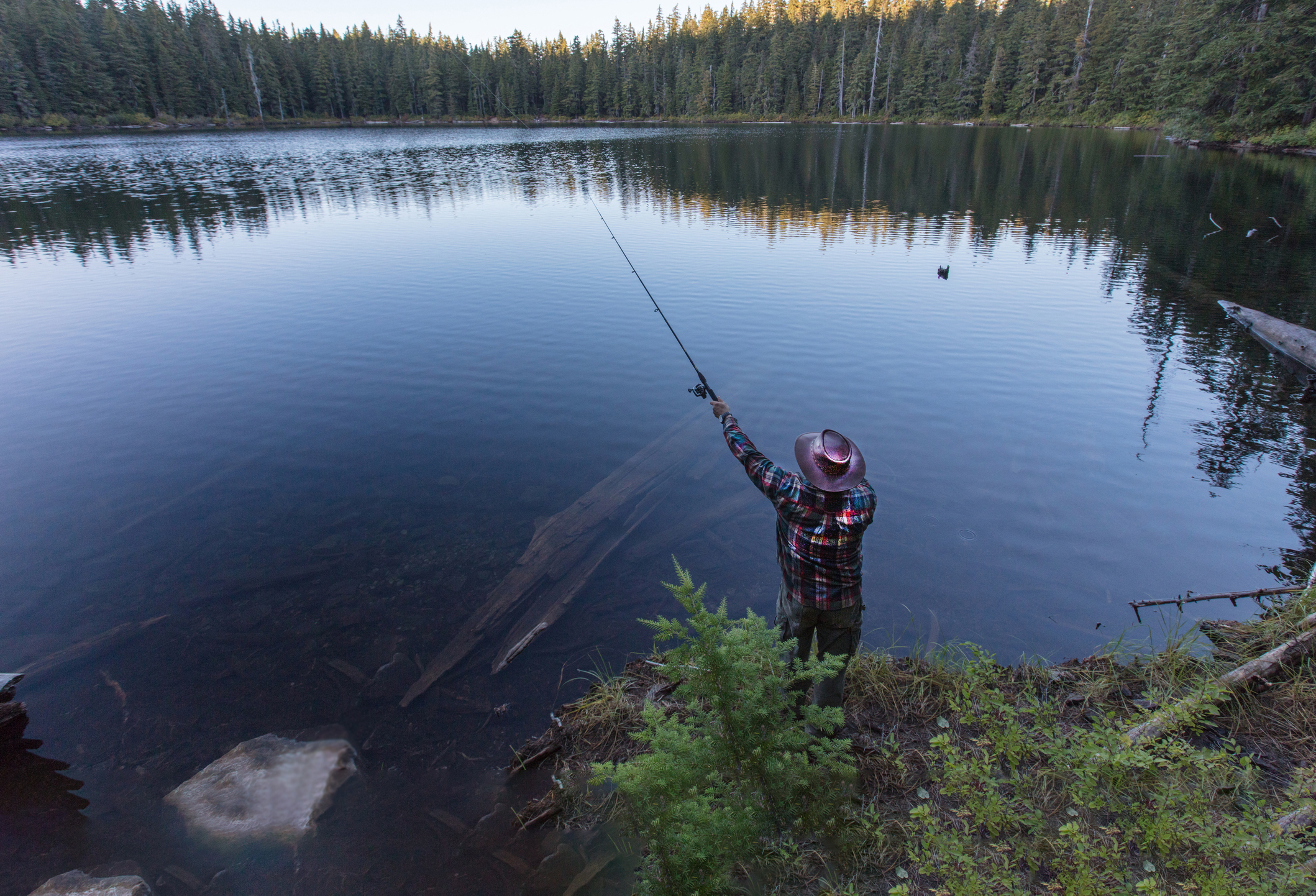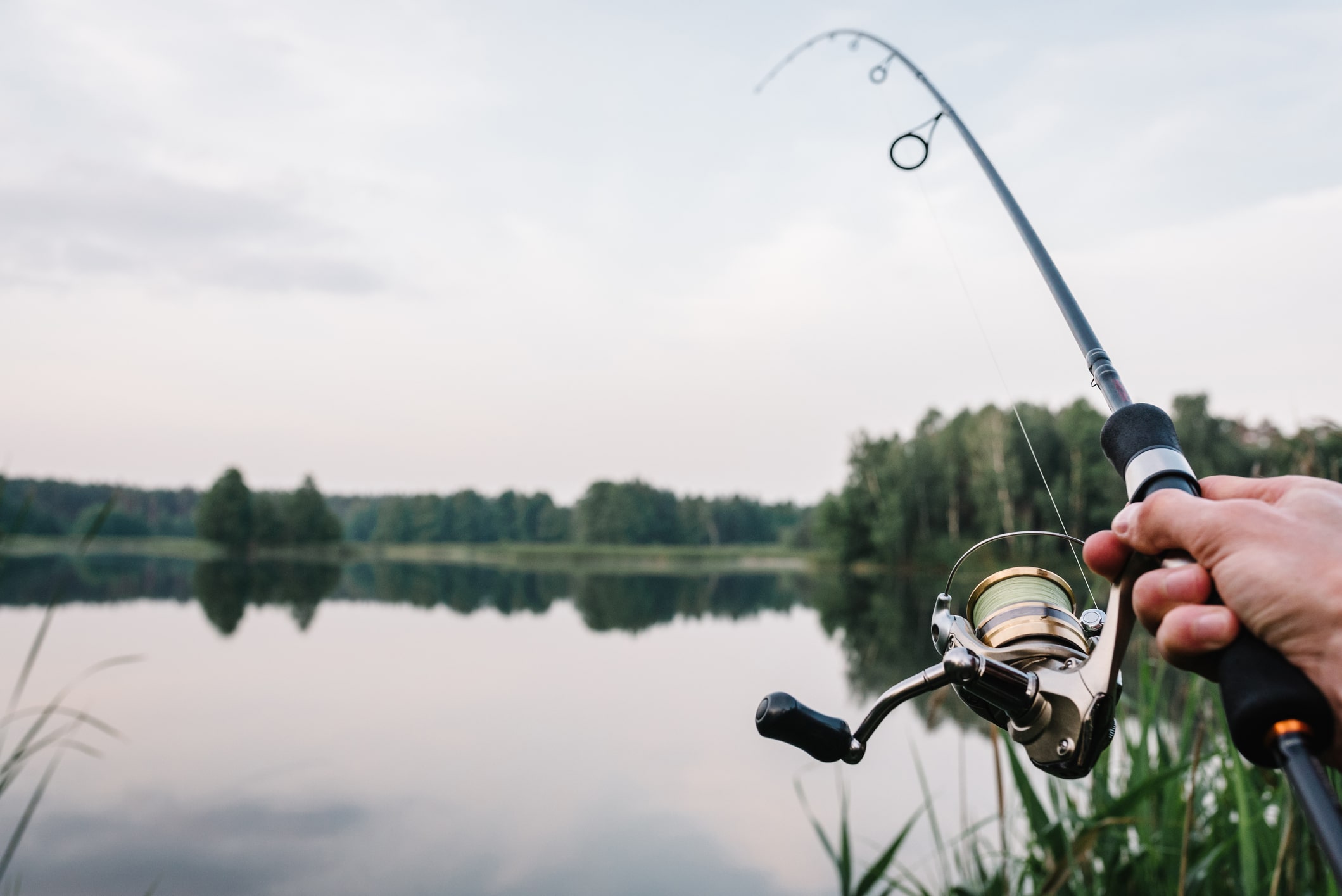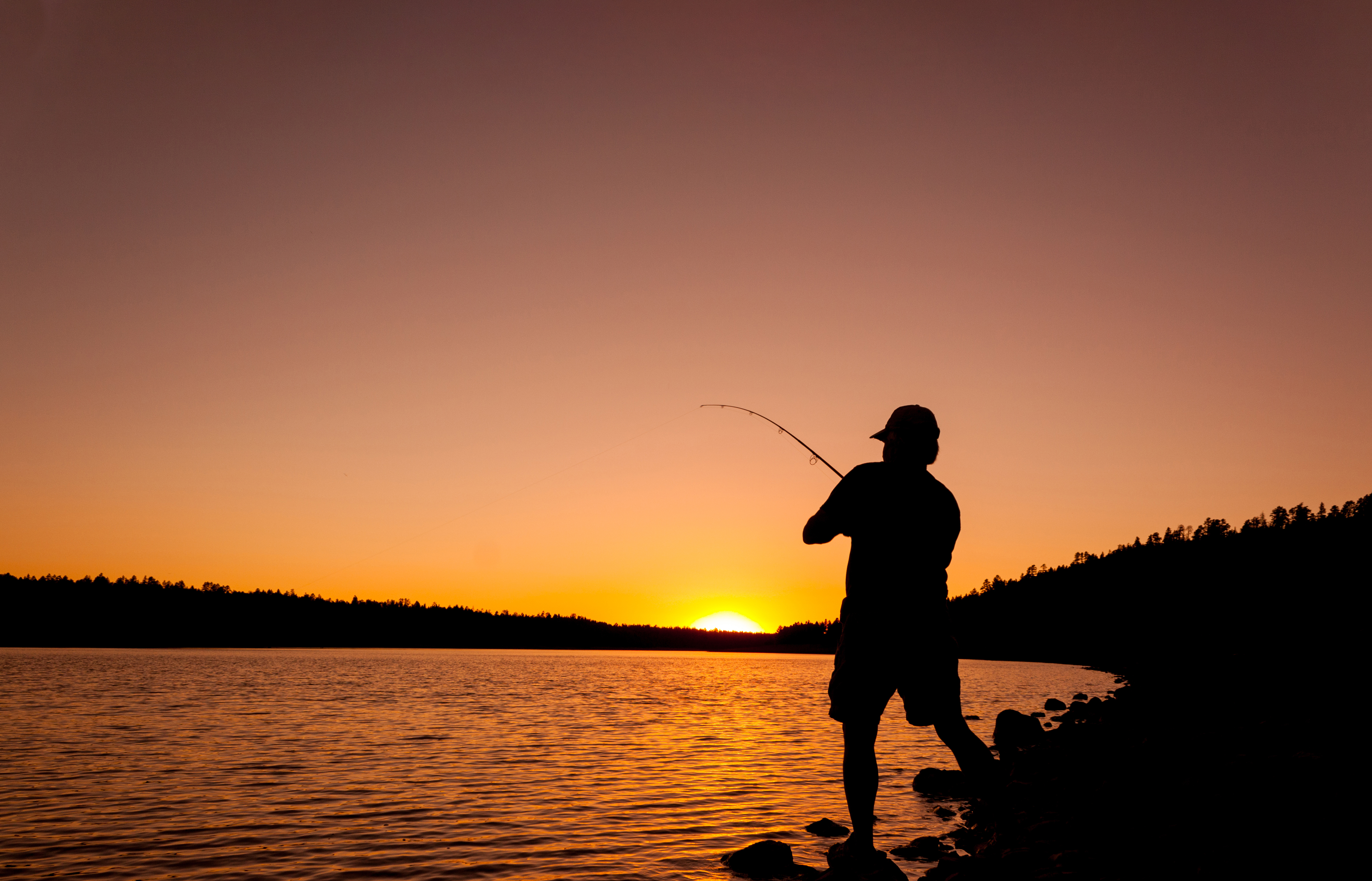Hunting and Fishing News & Blog Articles
Finesse Fishing: Factoring Everything That Goes Into a Successful Day of Angling
We all know finesse generally means doing something delicately or in a refined way, but what’s finesse fishing? If you’ve ever read any article I’ve written, you’ll know I preach finesse angling a lot compared to various other techniques. That’s because I grew up fishing the muck and mud of various small ponds throughout Pennsylvania.
During my time growing up, I learned a lot about working lightweight lures, with active presentations and bright and vibrant colors.
That’s just a taste of what finesse fishing is and in this guide, I’m going to break down all the details of finesse fishing so you can start working it in when needed.
What is Finesse Fishing?
The big misconception about finesse fishing is that it means light and small everything, but that’s not necessarily true. If we think about the word as a verb, it’ll help us better understand what finesse actually means.
If we “finesse” a fish, what does that mean?

Getty Images
It could mean that we used our wits to outsmart it, right? Isn’t that what we’re all trying to do when we fish?
So, in the most basic way possible, finesse fishing is described as a way of using your skill, flair and expertise to outsmart the fish. You’ll want to pay attention to factors outside of the usual ones you would.
Things like barometric pressure, water clarity, weather, noise, lure colors, cloud cover and more are all things you’ll think about with finesse fishing.
When to Finesse Fish?
All the factors that go into a successful day of fishing often come down to, “what’s true for today”? What are we going to do differently today to help attract more fish? How will I get the attention of the fish I want, right now?
In some cases, you’re not getting the fish you want because your lure is too small and too dull, so you’re attracting smaller panfish when you are targeting larger bass.
In the case of finesse fishing, when does this strategy work? This is where fishing takes an ugly turn.
It’s all in the science.

Getty Images
When the weather is cold, you’re generally dealing with high barometric pressure because of the dense cold air. Bass bite better during periods of extended low to moderate pressure because the pressure causes them to feel uncomfortable and lethargic.
As a result, it’s more challenging to catch bass during cold weather conditions.
Most people want to fish when bass are most active because you have the highest chance of catching the lunker you’re looking for. Finesse fishing uses a highly active presentation involving patience, vibrant colors and reflective blades.
What does all of this mean?
To make it simple, you want to finesse fish when bass aren’t biting. When you’re having a hard time seeing or catching anything, this is when finesse fishing comes into play.
Where to Finesse Fish?
Again, misconceptions are everywhere and people think that finesse fishing only involves fishing shallow water, but that’s not always true. In many cases, the pressure in the shallow water is higher, which causes bass to retreat to deeper waters.

Bass catch
You can undoubtedly find a lunker that’s been hiding out in the weeds and land it using finesse fishing but your best bet is to seek out sudden changes in structure such as dips, peaks, and drop-offs. These are the areas where you have the best chance of finding large bass.
Seasonality and weather plays a major role in finessing as well. During the Spring through most of the spawning season, bass aren’t moving as much and they’re staying closer to the nest when they do.
If you can determine their travel path and intercept it using a fish finder, you’re in luck. Of course, that’s not always possible so sometimes you have to troll along the shore until you find yourself in the right place at the right time.
Getting Your Finesse Gear
The most important thing to remember about gear is that anything can work. You don’t necessarily need to go out and spend $1,500 on all-new gear but there are some things you can do to help yourself.
Keep in mind that these recommendations are what I would use, they’re not the gospel so you have the right to disagree.
Rod
While you don’t need to use a child’s rod, you want to keep in mind that finesse fishing for bass involves a patient but active presentation, which means fatigue is a true reality.

Getty Images
I’d go with something lightweight like a St. Croix Triumph. Fenwick makes a lot of really high-quality lightweight rods as well. In terms of length, something in the range of six-foot is a good choice.
Reel
Choosing a finesse reel requires you to think about the gear ratio. The gear ratio of a reel refers to how many times the spool turns for each crank of the reel. For example, 6:1 is a common gear ratio and it means that each time you crank the handle, the spool spins around six times.

Getty Images
For power fishing deep crankbaits, you would want a low gear ratio because you need to give the larger fish a little more respect so the slower gear ratio prevents the spool from cruising too fast.
For finesse fishing, a higher gear ratio is preferred because you’re actively working the lures. Also, because you don’t have a lot of weight at the end of the line, it creates a lot of slack. To keep the presentation going how you want, you need to keep a taut line and a higher gear ratio will help.
Line
Line is an interesting factor in finesse fishing because it’s all about subtlety and surprise. Because of this you’ll want to use a fluorocarbon leader. Fluorocarbon line has the same light refraction as water which means it’s very hard for fish to see it.

Getty Image
As a result, you have a lower chance of spooking the fish when using a fluoro leader. The reason people don’t use this type of line for the entire spool is because it has a high memory which means it adheres to the shape of the spool which will also mess with the presentation.
Most Popular Finesse Lures
Now let’s talk about the best lures to pair with your finesse techniques.
Soft Plastics — Wacky rigged worms are the most popular finesse lure in my opinion. Take a ¼-ounce senko worm and vertical jig it. Choose the color based on the conditions. If the water is murky, go bright, if the water is clear, go dull.
Dropshots — Dropshots are powerful because of their realistic presentation. If you don’t know how to rig a dropshot, now is the time. Use a senko and toss it near the weedy shore bed and let it work itself.
Jigs — Vertical jigging always works in clear water. Toss it near a dock or rocky shoreline and work it using a stop-and-go method.
Finesse Fundamentals
The most important takeaway is that finesse fishing requires a delicate approach, active presentation, and an outside-the-box way of thinking.
You’re fishing conditions where you can’t just throw anything out there and expect a bite. You need to get more creative.
I’ve used this technique for years to fish waters where few anglers would dare to go. It doesn’t always work, but when it does… Well, you get the idea! Good luck out there!
The post Finesse Fishing: Factoring Everything That Goes Into a Successful Day of Angling appeared first on Good Sam Camping Blog.
